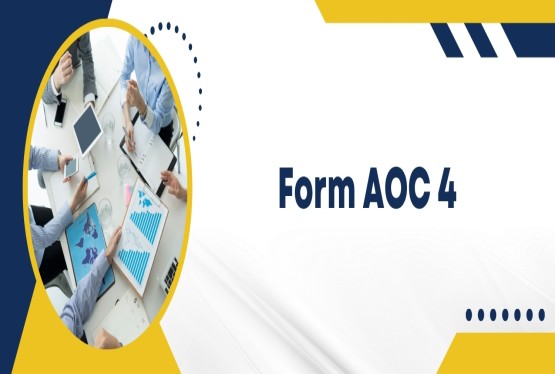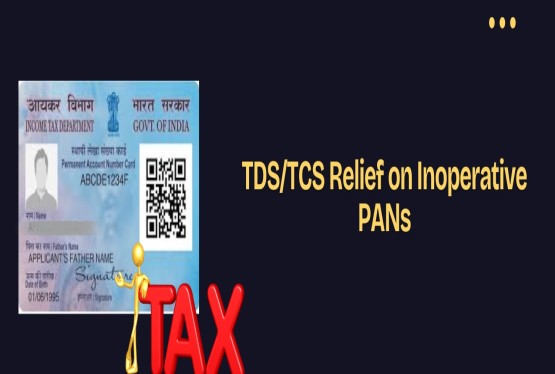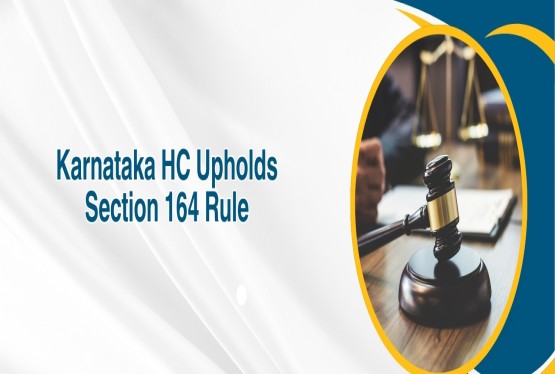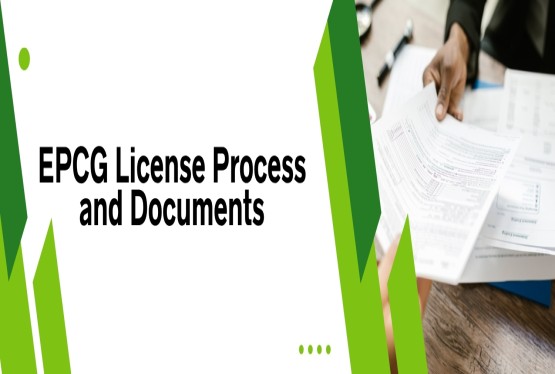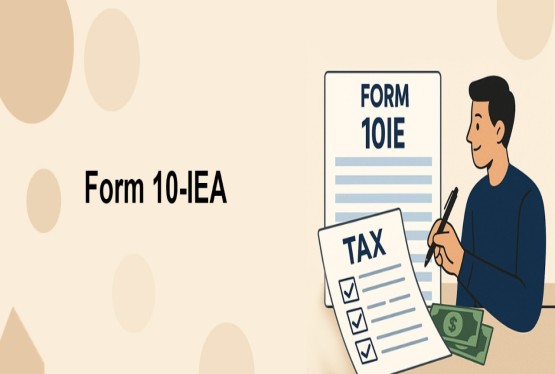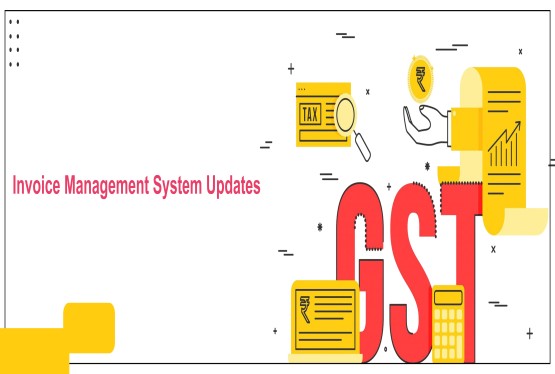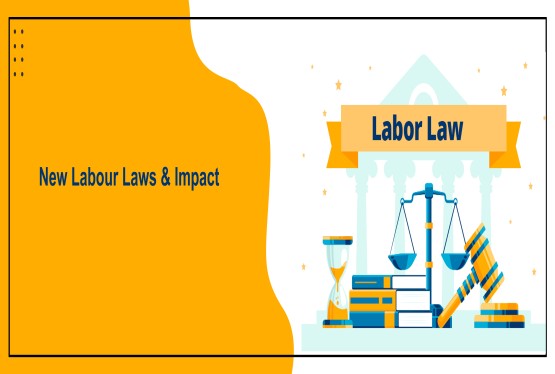Profit and loss are the two inevitable outcomes of any business or investment activity. While profits are welcomed, losses can be disheartening. However, the Income Tax Act of India provides relief to taxpayers by allowing them to adjust their losses against other income. This relief is available in the form of set-off and carry forward of losses. This article explains in simple and detailed language how the set-off and carry forward of losses work, the types of losses covered, applicable rules, examples, and relevant income tax provisions.
What is Set Off of Losses?
Set-off of losses means adjusting the losses incurred in a particular year against income earned during the same year. The objective is to reduce the overall taxable income and thereby reduce the tax liability. The losses can be set off either against income under the same head (intra-head set-off) or income under other heads (inter-head set-off), subject to certain rules and conditions.
If the loss cannot be fully set off in the current year due to insufficient income, then the remaining loss can be carried forward to future years for set-off, subject to specified time limits and conditions.
Intra-Head Set Off
Intra-head set off allows a taxpayer to set off loss from one source of income against profit from another source under the same head. For example, a loss from one business can be set off against profit from another business.
Example: Mr. Ramesh has two businesses. Business A has a loss of Rs. 1,50,000, and Business B has a profit of Rs. 2,00,000. The loss from Business A can be adjusted against the profit from Business B, and the taxable income will be Rs. 50,000.
Inter-Head Set Off
After intra-head set-off is done, if there is still some loss remaining, it can be set off against income under other heads. This is called inter-head set-off. However, there are certain restrictions for this type of set-off.
-
Loss from house property can be set off against income under any other head up to Rs. 2,00,000 per year under the old tax regime.
-
Business loss (non-speculative) can be set off against any head of income except salary income.
For example, if a person has a business loss of Rs. 1,00,000 and interest income of Rs. 70,000, then Rs. 70,000 of the business loss can be adjusted. The remaining Rs. 30,000 can be carried forward to future years.
Set Off Restrictions for Specific Losses
Different types of losses have different rules for set-off:
-
Speculative Business Loss: Can only be set off against speculative business profit. Cannot be adjusted against any other income.
-
Loss from Owning and Maintaining Racehorses: Can only be set off against profit from the same activity.
-
Long-Term Capital Loss: Can only be adjusted against long-term capital gains.
-
Short-Term Capital Loss: Can be adjusted against both short-term and long-term capital gains.
-
Loss from Specified Business (Section 35AD): Can only be set off against profit from another specified business.
-
Loss from House Property: Under the old regime, can be set off against other heads up to Rs. 2,00,000. Under the new regime, can only be adjusted under the same head.
Carry Forward of Losses
If any loss cannot be fully adjusted in the current year, the balance can be carried forward to future years. The rules for carry forward depend on the nature of the loss.
Loss from House Property
-
Can be carried forward for 8 assessment years.
-
Can be adjusted only against income from house property.
-
Allowed even if return is filed after due date.
Example: If a taxpayer incurs a loss of Rs. 2,30,000 from house property and has income from salary of Rs. 4,20,000, only Rs. 2,00,000 can be adjusted (under old regime). The balance Rs. 30,000 is carried forward.
Business Loss (Non-Speculative)
-
Can be carried forward for 8 assessment years.
-
Can be set off only against income from business or profession.
-
Return must be filed within the due date.
Speculative Business Loss
-
Can be carried forward for 4 assessment years.
-
Can be adjusted only against income from speculative business.
-
Return must be filed within due date.
Specified Business Loss (Section 35AD)
-
No time limit for carry forward.
-
Can be set off only against specified business income.
-
Return must be filed on time.
Capital Losses
-
Both short-term and long-term capital losses can be carried forward for 8 assessment years.
-
Long-term loss can be set off only against long-term gains.
-
Short-term loss can be set off against both types of gains.
-
Return must be filed within due date.
Example:
Mr. P has the following capital transactions:
-
FY 2020-21: STCL Rs. 3,000, LTCL Rs. 1,000
-
FY 2021-22: STCG Rs. 5,600. Adjust Rs. 3,000 (STCL) and carry forward Rs. 2,300 (LTCL)
-
FY 2022-23: LTCG Rs. 7,000. Adjust Rs. 2,300 (LTCL) and Rs. 800 (STCL)
-
FY 2023-24: STCL Rs. 1,200, LTCL Rs. 4,000, STCG Rs. 3,000, LTCG Rs. 9,000
The losses are adjusted in a way to reduce the taxable capital gains.
Loss from Owning & Maintaining Racehorses
-
Can be carried forward for 4 assessment years.
-
Can be adjusted only against income from same activity.
-
Return must be filed on time.
Conditions for Carry Forward
-
Return Filing: Except for house property loss and unabsorbed depreciation, all other losses must be declared in the return filed within due date.
-
Set-Off Priority: Loss should first be set off under the same head. Only the balance loss can be considered for inter-head set off.
-
Not Transferable: Only the person who has incurred the loss can carry it forward. It cannot be transferred to any other person.
Special Case: Unabsorbed Depreciation
-
Covered under Section 32(2)
-
Can be adjusted against any income (except salary)
-
No time limit for carry forward
-
Return filing before due date is not mandatory
Set Off and Carry Forward Under Old vs New Tax Regime
Under the Old Regime:
-
House property loss can be adjusted against any head of income up to Rs. 2 lakhs.
-
Balance can be carried forward for 8 years.
Under the New Regime:
-
No inter-head adjustment allowed for house property loss.
-
The entire house property loss must be carried forward to be adjusted under the same head.
Example: If a taxpayer has salary income of Rs. 4,20,000 and house property loss of Rs. 2,30,000:
-
Under old regime: Rs. 2,00,000 can be set off. Rs. 30,000 carried forward.
-
Under new regime: Entire Rs. 2,30,000 carried forward.
Summary Table of Carry Forward Provisions
|
Section |
Type of Loss |
Set Off Against |
Carry Forward Period |
Due Date for Filing Return Required? |
|
32(2) |
Unabsorbed Depreciation |
Any income (except salary) |
No limit |
No |
|
71B |
House Property Loss |
House Property Income |
8 years |
No |
|
72 |
Business Loss |
Business Income |
8 years |
Yes |
|
73 |
Speculative Business Loss |
Speculative Business Income |
4 years |
Yes |
|
73A |
Specified Business Loss |
Specified Business Income |
No limit |
Yes |
|
74 |
Capital Loss (STCL/LTCL) |
STCL and/or LTCL |
8 years |
Yes |
|
74A |
Horse Race Loss |
Same activity income |
4 years |
Yes |
Conclusion
The set off and carry forward of losses can significantly help in reducing the tax burden legally and efficiently. By using losses wisely, individuals and businesses can ensure that they are not overpaying taxes. It is essential to comply with conditions such as timely return filing and to keep accurate records of all losses incurred. Taxpayers should also consider the difference in treatment under the old and new tax regimes while filing their returns. Consulting a tax expert of Compliance Calendar LLP can help make the best use of these provisions.
Email: info@ccoffice.in
Call/Whatsapp: +91 9988424211
FAQs
Q1. Can I set off business loss against salary income?
Ans. No, business loss (other than speculative) cannot be set off against salary income. It can only be set off against other heads like income from business, house property (in some cases), or capital gains, but not salary.
Q2. How many years can I carry forward capital losses?
Ans. Both short-term and long-term capital losses can be carried forward for up to 8 assessment years, provided the return of income is filed within the due date under Section 139(1).
Q3. Is filing the income tax return before the due date mandatory for carrying forward losses?
Ans. Yes, for most losses like business loss, speculative loss, capital loss, and loss from owning racehorses, filing the return on time is mandatory to carry forward the losses. However, losses from house property and unabsorbed depreciation can be carried forward even if the return is filed late.
Q4. Can I carry forward loss from house property under the new tax regime?
Ans. Yes, you can carry forward the loss from house property for up to 8 years under the new tax regime. However, inter-head set off is not allowed. The loss can only be adjusted against house property income in future years.
Q5. What is the time limit to carry forward speculative business loss?
Ans. Speculative business losses can be carried forward for 4 assessment years from the year in which the loss was incurred. The set-off is allowed only against speculative business income.
Q7. Can unabsorbed depreciation be carried forward indefinitely?
Ans. Yes, under Section 32(2), unabsorbed depreciation has no time limit for carry forward. It can be set off against any income other than salary and is not dependent on filing the return within the due date.
Q8. Can I adjust long-term capital loss against short-term capital gain? No, long-term capital loss can only be set off against long-term capital gain.
Ans. It cannot be adjusted against short-term capital gain or any other type of income.








_crop10_thumb.jpg)


















































































_for_FY_2025-26_crop10_thumb.jpg)



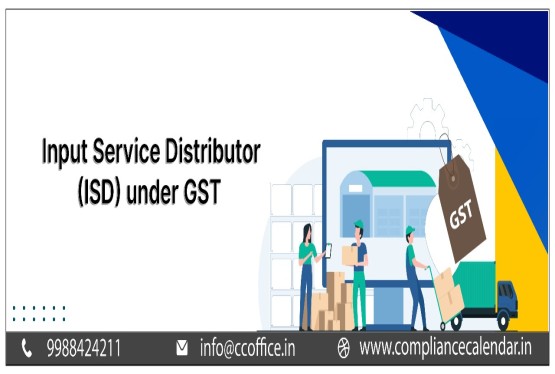








_learn_crop10_thumb.jpg)








_Filing_Due_Dates_for_FY_2024-25_learn_crop10_thumb.jpeg)
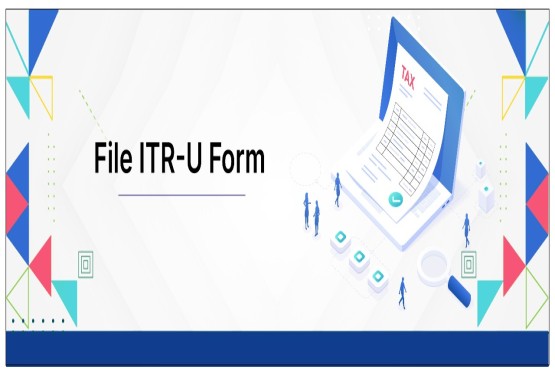
























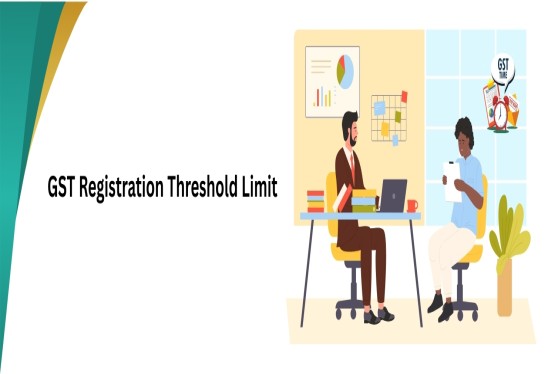
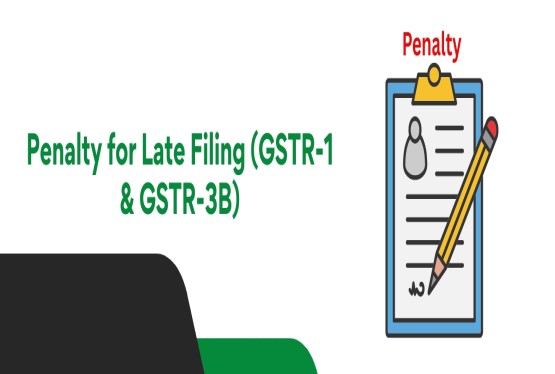












_of_GST_Act_learn_crop10_thumb.jpg)










_Under_GST_learn_crop10_thumb.jpg)









_crop10_thumb.jpg)


_crop10_thumb.jpg)





_learn_crop10_thumb.jpg)






















_of_the_Income_Tax_Act_learn_crop10_thumb.jpg)



_learn_crop10_thumb.jpg)






_learn_crop10_thumb.jpg)






_crop10_thumb.jpg)




















_in_The_Income_Tax_Act,_1961_learn_crop10_thumb.jpg)



_learn_crop10_thumb.jpg)



_of_the_Income_Tax_Act_learn_crop10_thumb.jpg)

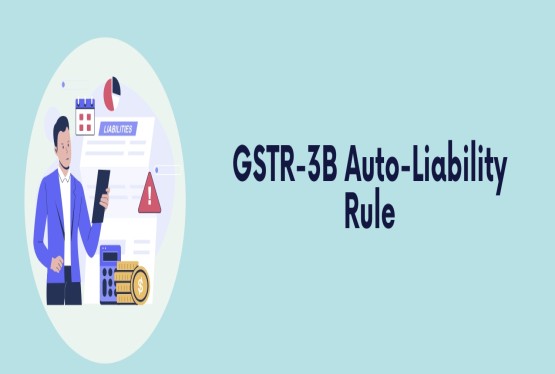
_Of_Income_Tax_Act_learn_crop10_thumb.jpg)








_learn_crop10_thumb.jpg)








_learn_crop10_thumb.jpg)
_crop10_thumb.jpg)

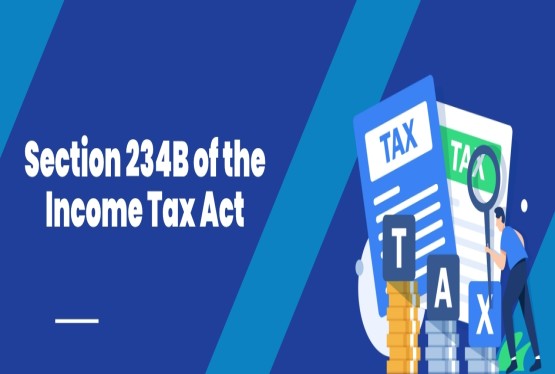




















_learn_crop10_thumb.jpg)
_for_Import_and_Export_learn_crop10_thumb.jpg)









